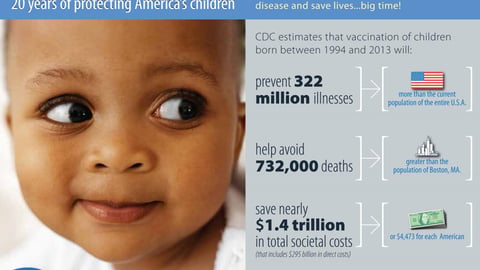-
Study: Asthmatics need better allergy management
PORTAGE, Mich. — The results of a new study released Thursday recommend allergy testing for both indoor and outdoor allergens in children with asthma, regardless of severity — even for occasional asthma sufferers. According to 2007 NAEPP guidelines, allergy testing is recommended for only perennial indoor allergens in those with persistent asthma. The study, released in the Journal of Asthma, included 1,627 predominately Hispanic children living with asthma in urbanized areas of Orange County, Calif.
-
CVS Caremark research examines health outcomes of cutting Rx co-pays post-heart attack
WOONSOCKET, R.I. — A new study by researchers at CVS Caremark, Aetna and Brigham and Women's Hospital finds that eliminating co-pays for preventive medications prescribed for post-heart attack patients can significantly improve medication adherence and health outcomes for non-white patients, which suggests that this approach may be an effective strategy for reducing commonly recognized disparities in cardiovascular care related to patient ethnicity and race.
The findings were published today in the May issue of Health Affairs.


 Health Science Center San Antonio, has been elected to serve a two-year term as president of the American Association of Colleges of Nursing.
Health Science Center San Antonio, has been elected to serve a two-year term as president of the American Association of Colleges of Nursing. 